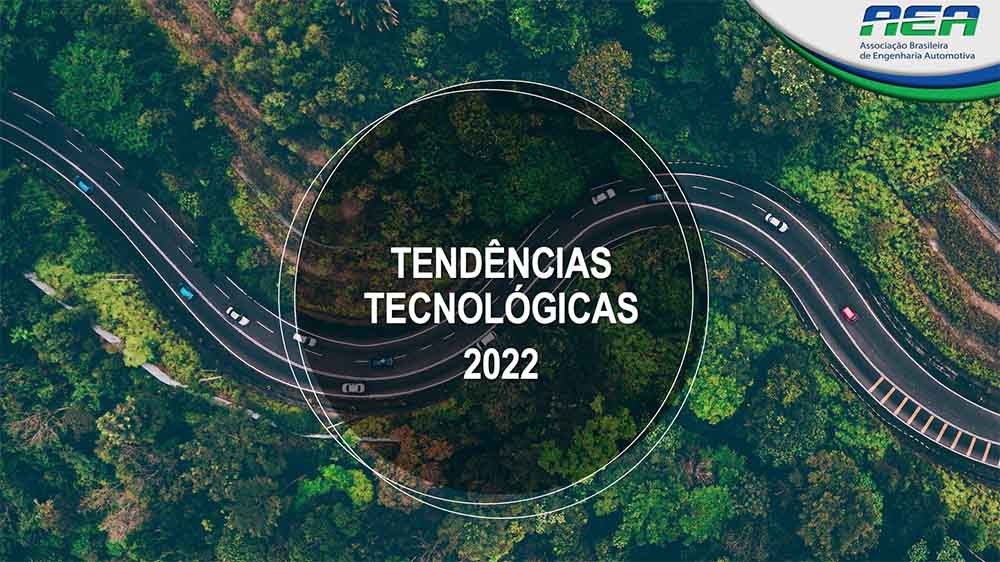The association launched a publication to promote the Brazilian energy matrix advantages

By Alzira Rodrigues | Translated by Jorge Meditsch
In an end-of-year meeting with the press, AEA, the Brazilian automotive engineering association, exalted the competitive advantages of the Brazilian energy matrix, especially the local biofuels.
Besides launching the second edition of the whitepaper “Brazilian Automotive Technological Roadmap Tecnológico Automotivo Brasileiro’, from the Technological Tendencies directory, the organization presented the publication “Do poço à roda – Veículos leves” (From well to wheel – Light vehicles), aiming to show the environmental benefits of ethanol.
Bezaliel Botelho, AEA’s president, defended the need to adopt in Brazil an incentives policy to encourage the consumer to opt for ethanol when filling his tank. “It is needed to offer economic advantages to the consumer”, he emphasized, remembering that one of them could be carbon credits, following a program already underway in the country for sectors that invest in biogas, for example.
In most Brazilian states, it is currently more worth using gasoline than ethanol, which doesn’t make sense when decarbonization is a center-theme in different sectors’ debates worldwide, and Brazil has the privilege of having this alternative fuel abundantly, without harming other cultures and the agribusiness.
The CO2 emissions considered in the publication take into account the Brazilian energy matrix – 80% of the energy consumed in the country is renewable (hydraulic, biomass, wind and solar), according to Raquel Mizoe, Light Vehicle Emissions director. “In the document available at www.aea.org.br, we show step by step how to calculate vehicle emissions based on public data so that all society can understand and evaluate the environmental impact”, she said
The “well to the wheel” concept considers the CO2 emissions originating at the vehicle’s production, distribution and use. It has been widely discussed by the Brazilian automotive sector and will be implemented for light vehicles in the second phase of the Rota 2030 program. Thanks to programs such as InovarAuto and Rota 2020, light vehicles’ CO2 emissions went from 160 g/km in 2005 to 113 g/km today. The goal is to reach 80 g/km in 2030 and 32 g/km in 2050.
“The current mobility revolution is motivated by global trends that consider sustainability, low-carbon economy and energy safety, and local solutions. Regional conditions such as energy availability, low carbon emission mobility solutions and economic and social conditions are relevant to determine the new tendencies implementation speed”, said Everton Lopes, AEA’s Technological Tendencies director.
Em dez dias, perda de produção ultrapassa 6,1 mil veículos. Montadora divulga principais itens da…
Foram 81.395 emplacamentos na primeira quinzena, um recuo de 18% frente aos 96.206 do mesmo…
Para atuar, no entanto, engenharia da fabricante precisa avaliar a operação a que se destina…
Em evento na AEA, Margarete Gandini, do MDIC, comemora a alta receptividade ao novo programa…
Ciro Possobom informa que a decisão, eventualmente necessária devido às chuvas no Sul, será tomada…